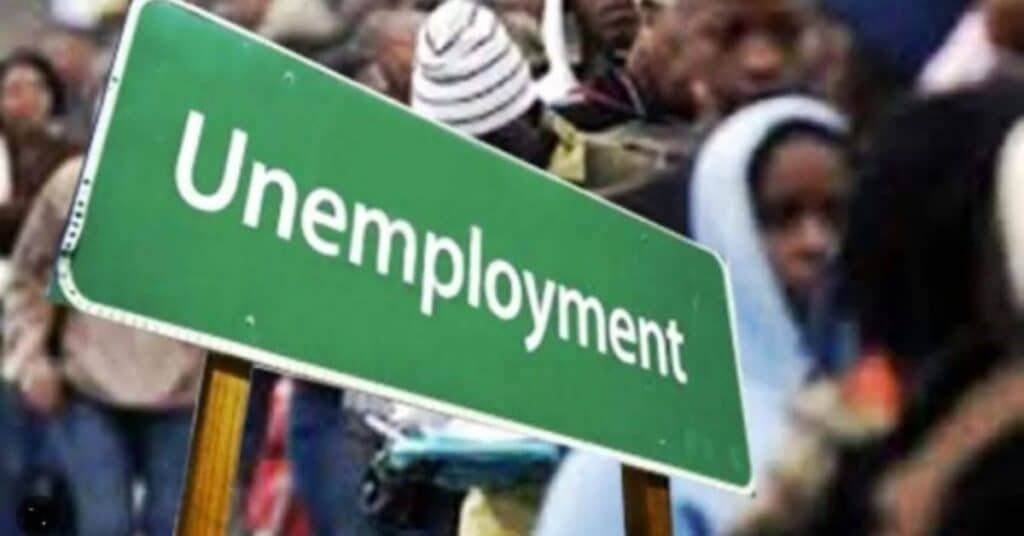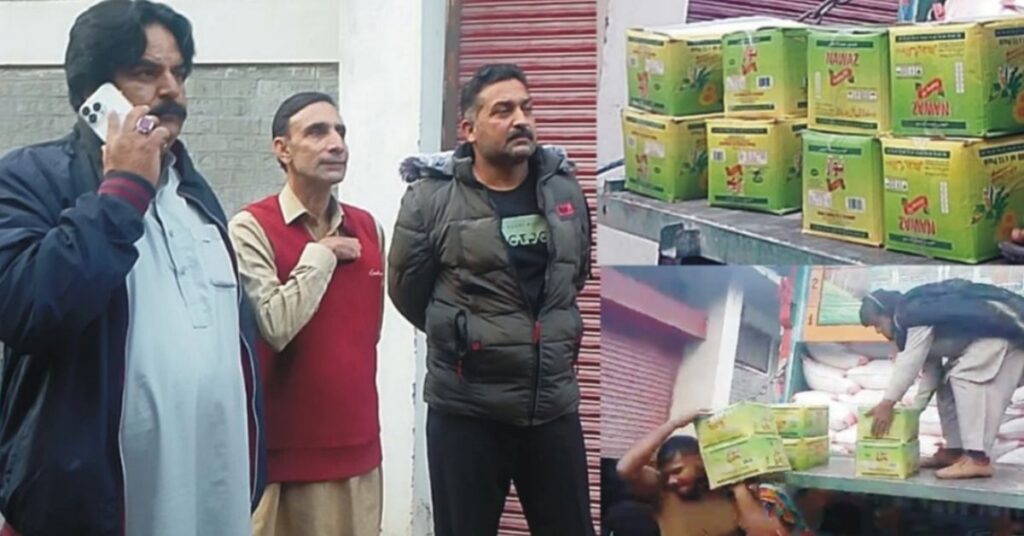SRINAGAR (Kashmir English): A fresh government report has raised alarm over rising joblessness among young people in Indian illegally occupied Jammu and Kashmir (IIOJK), where youth unemployment has soared to 17.4 per cent, far more than the national average of 10.2 per cent.
According to Kashmir Media Service, the data comes at a time when debate over job reservation and employment policy is intensifying across the occupied territory.
The figures are part of the Baseline Survey Report 2024–25 under Mission YUVA (Yuva Udyami Vikas Abhiyan), a comprehensive employment and entrepreneurship initiative launched by Chief Minister Omar Abdullah at the convention centre in Srinagar.
The report reveals that overall unemployment in occupied Kashmir stands at 6.7 per cent, nearly double the national average of 3.5 per cent, as recorded in the latest Periodic Labour Force Survey (PLFS) 2023–24.
Urban female unemployment
“The youth unemployment rate is even more concerning at 17.4 per cent,” the report states, adding that urban female unemployment is at a staggering 28.6 per cent, reflecting persistent gendered barriers to labour market entry. The report calls for “urgent inclusive economic interventions” to reverse the trend.
Mission YUVA, the flagship employment-generation initiative, aims to create 1.37 lakh enterprises and generate 4.25 lakh jobs over the next five years.
The government hopes the mission will harness IIOJK’s entrepreneurial potential, particularly in the service sector, where self-employment trends are already showing promise.
According to the report, 48 per cent of working individuals in the territory are self-employed, suggesting a strong inclination toward entrepreneurship.
However, support systems remain underdeveloped, and access to early-stage financing is still a major hurdle for many.
District-level data paints a varied picture: Rajouri tops the unemployment chart with 9.3 per cent, followed by Islamabad at 8.7 per cent.
In contrast, Samba has the lowest unemployment at 3 per cent, with Jammu and Srinagar faring better at 3.3 and 5.9 per cent, respectively. The report also underscores a structural economic shift in J&K.
Over nearly two decades, the Union Territory has moved from an agrarian base to a service-led economy, with agriculture’s share of GSDP falling from 28.06 per cent in 2004–05 to 16.91 per cent in 2022–23.




